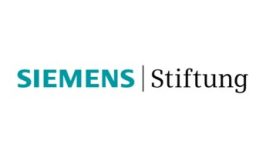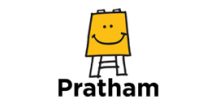STEM Education for Innovation: Experimento India
Nurturing the future STEM Powerhouse
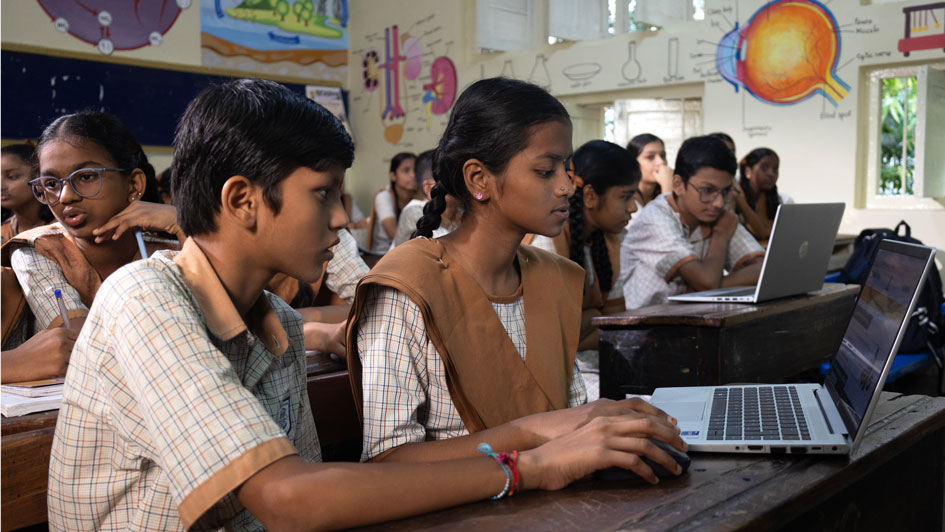
Experimento India aims to enhance the learning experience of students in Science, Technology, Engineering, and Mathematics (STEM) subjects by offering Open Educational Resources (OER) in line with the recommendations of India’s National Curriculum Framework. Siemens Stiftung is joining forces with one of India’s biggest educational foundations Pratham and Siemens India to strengthen STEM pedagogical practices fostering a conducive learning environment in schools and communities. The project bridges the digital learning divide by co-creating and adapting learning resources from Siemens Stiftung’s international educational program Experimento to the Indian context, thereby addressing equity in education.
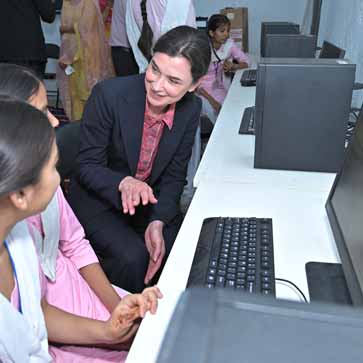
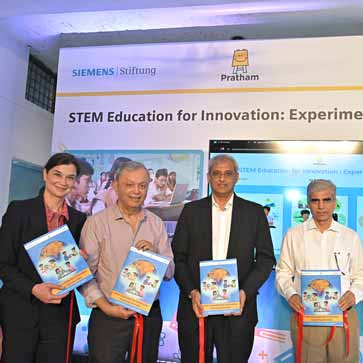
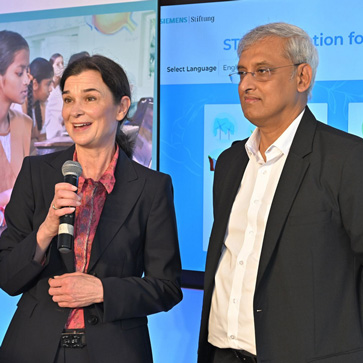
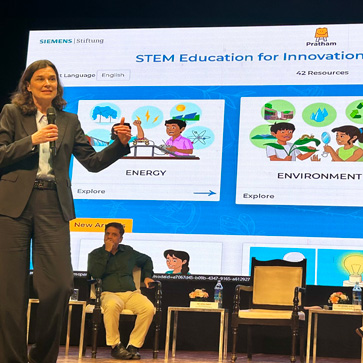
Practice-oriented teaching materials improve learning outcomes
Siemens Stiftung brings its years of experience in OER in STEM subjects for the first time to India. Together with community members, Pratham contextualize, adapt, and co-create Siemens Stiftung’s internationally recognized OER for the needs and contexts of Indian students. The objective is to strengthen the pedagogical practice in the country as stated by India’s National Curriculum Framework. Some key features of these OER include:
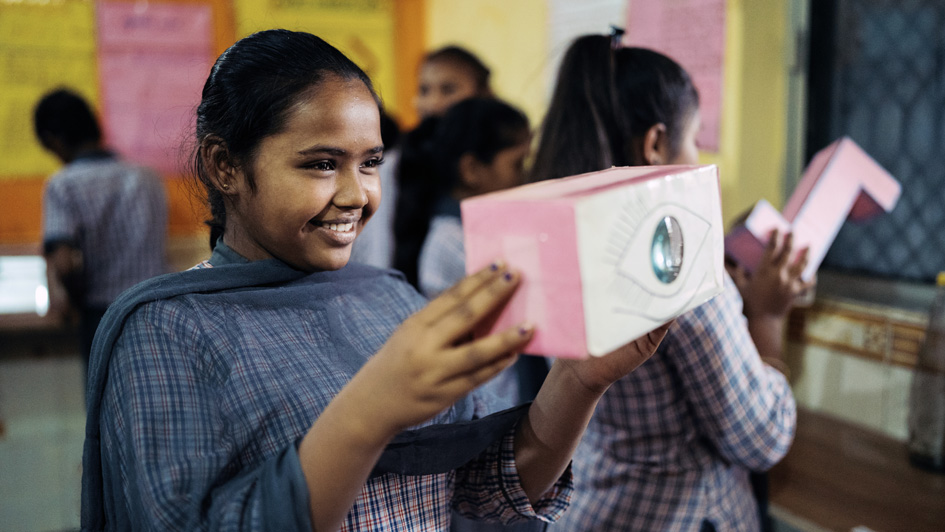
Variety
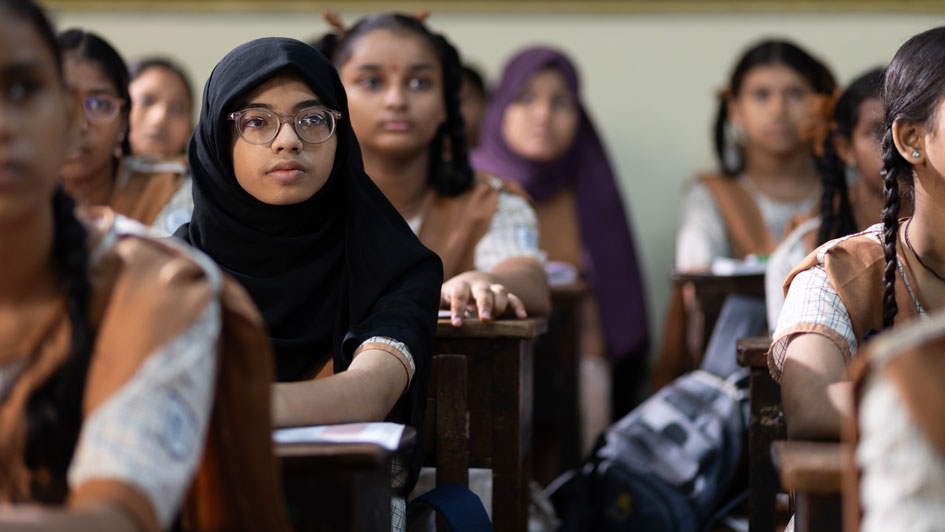
Diversity
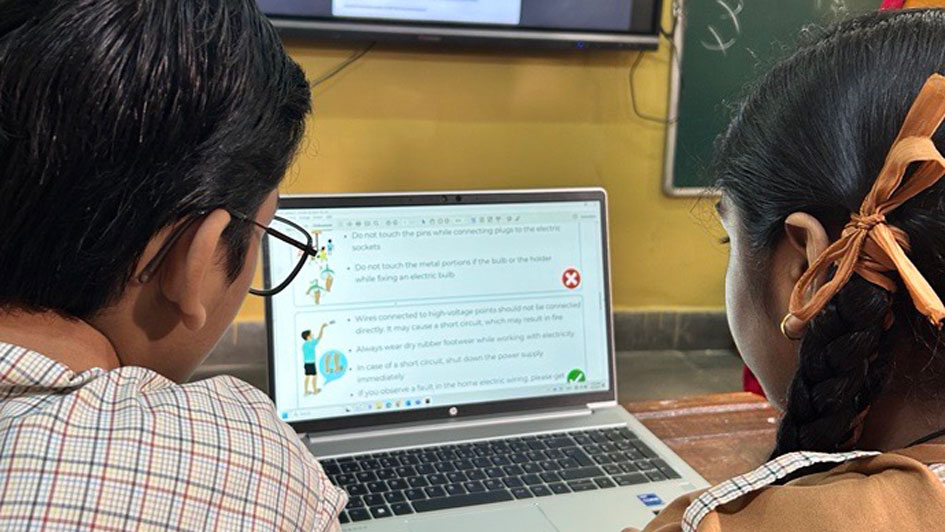
Accessibility
Aligned with the National Education Policy
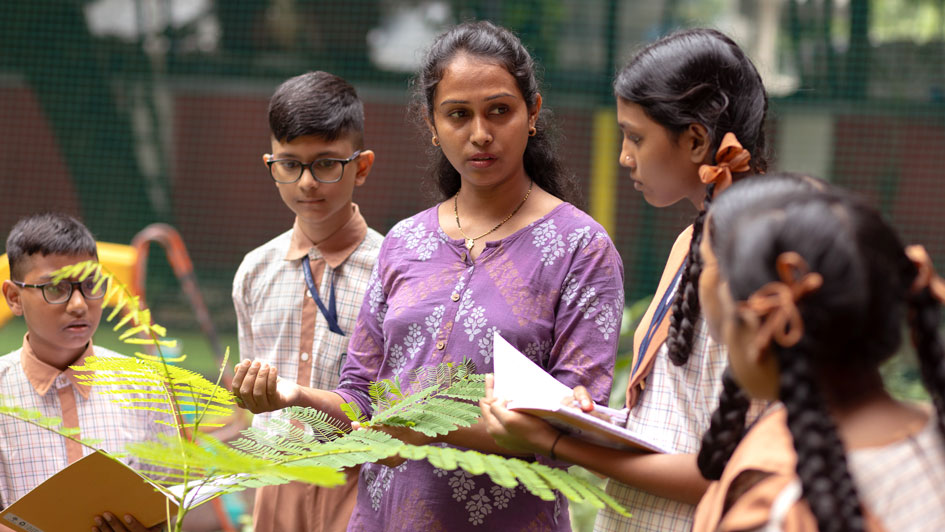
By enhancing critical thinking, inquiry-based learning, and problem-solving skills, the project clearly aligns with the NEP’s goals.
© Siemens India
STEM pathway to Viksit Bharat
At a staggering 1.42 billion, India is not only the world’s most populous country but also home to the largest youth population, experiencing a demographic window of opportunity called a “youth bulge” (UNFPA). Globally India tops the table in terms of producing STEM graduates (WEF), with women making 43% of the equation (World Bank). As the youngest nation and fastest-growing economy (WEF), India aspires to build a robust space and digital infrastructure, the crucial role of STEM knowledge is widely acknowledged and subsequently integrated into curricula across the country. The Indian government has also emphasized the role of education and skill development in catapulting the country’s ambition of becoming a developed nation (Viksit Bharat) by 2047.
Narrowing the learning gap
However, training its vast population in STEM poses a significant challenge, particularly for students coming from low-income, semi-urban and rural India. For instance, according to National Achievement Survey 2021, Government of India, the average performance of Grade 8 students at the national level in Science and Mathematics is a mere 250 – 255 (in scaled scores out of 500).The pandemic further exacerbated the learning outcomes as science and mathematics scores dropped significantly post-COVID. The Experimento India initiative aims to open new pathways and perspectives in this regard.
“Let language not be a barrier to learning science”
How does the cross-country and cross-sector project aim to overcome educational inequalities, especially in areas with inadequate infrastructure? The three partners report.
Practice-oriented teaching materials improve learning outcomes
Experimento India paves the way for students to embrace more holistic ways of learning over the more prevalent rote learning approaches in the country. The project introduces a more immersive and hands-on approach where students learn from the environment around them. As a part of their lessons, together, teachers and students:
- Explore real-life issues through inquiry-based learning and experimentation, allowing them to engage deeply with complex topics.
- Focus on enhancing students’ 21st century skills like creativity, collaboration, critical thinking, and communication.
- Build competencies crucial to addressing global challenges like globalization, digitization, and climate change.
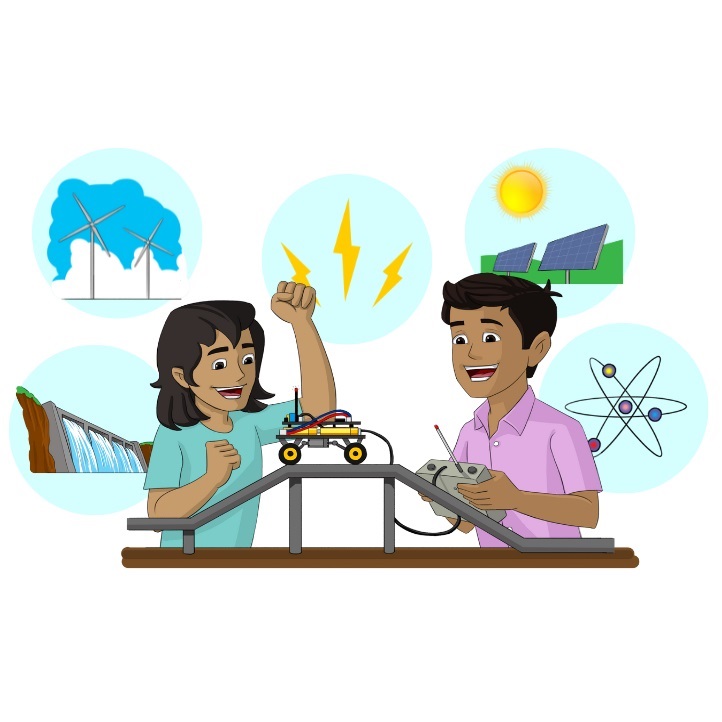
First interactive materials on topics such as the greenhouse effect, renewable energies, and other current STEM contents are already available online as Open Educational Resources (OER).
Project implementation
In the first year, the project is being launched in the western Indian state of Maharashtra and will be extended to more states including but not limited to Gujarat, Haryana, West Bengal, Goa, Karnataka, Tamil Nadu, and Uttar Pradesh. Focusing on government schools and communities, the implementation will be penetrated to urban, sem-urban and rural India catering to students from low-income families.
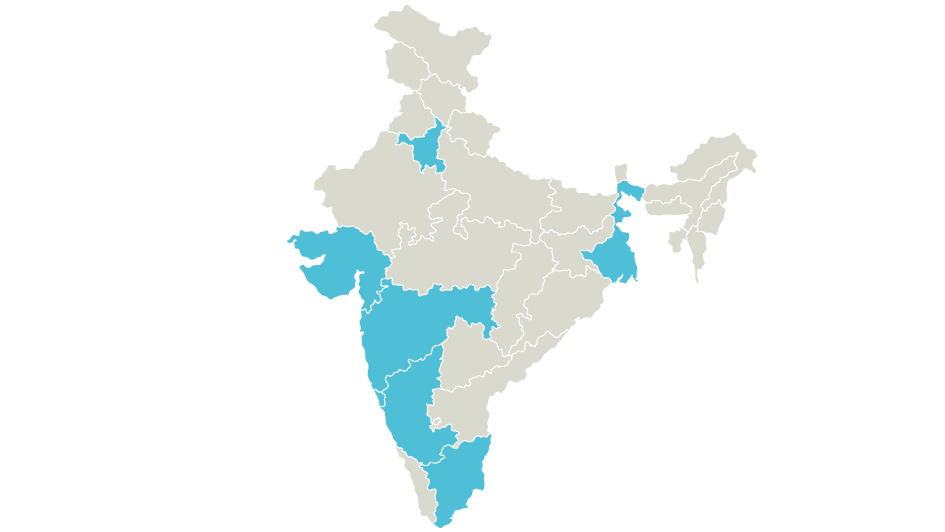
- Gujarat:
City: Ahmedabad (Reach: 3,500 students) - Maharashtra:
City: Mumbai, Thane, Navi Mumbai, Pune, Aurangabad, Mokhada, Nashik
(Reach: 31,100 students) - Goa
Reach: 3,000 students - Haryana
City: Gurgaon
(Reach: 4,200 students) West Bengal:
City: Kolkata
(Reach: 3,100 students)- Tamil Nadu
City: Chennai
(Reach: 6,400 students) - Karnataka
City: Bengaluru
(Reach: 2,300 students)
Contact
Project manager
Rajat Bagga
rajat.bagga@siemens-stiftung.org
“We hope to contribute to a bigger policy push”
Dr. Rukmini Banerji, CEO of Pratham, explains how the project aims to bring STEM education and hands-on learning into schools not just as a theoretical concept, but as a lived practice.



